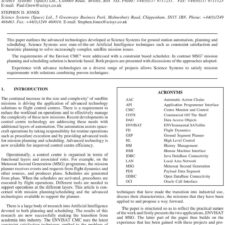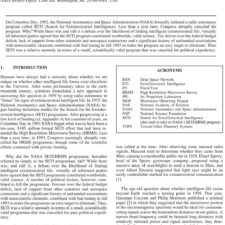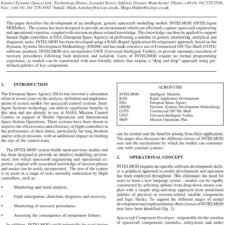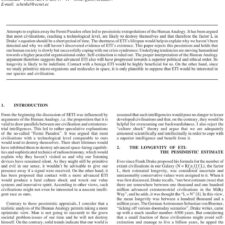HERRO Mission to Mars using Telerobotic Surface Exploration from Orbit
£5.00
S. R. Oleson; G. A. Landis; M. L. McGuire; G. R. Schmidt (2011), JBIS, 64, 304-313
Refcode: 2011.64.304
Abstract:
This paper presents a concept for a human mission to Mars orbit that features direct robotic exploration of the planet’s surface via teleoperation from orbit. This mission is a good example of Human Exploration using Real-time Robotic Operations (HERRO), an exploration strategy that refrains from sending humans to the surfaces of planets with large gravity wells. HERRO avoids the need for complex and expensive man-rated lander/ascent vehicles and surface systems. Additionally, the humans are close enough to the surface to effectively eliminate the two-way communication latency that constrains typical robotic space missions, thus allowing real-time command and control of surface operations and experiments by the crew. Through use of state-of-the-art telecommunications and robotics, HERRO provides the cognitive and decision-making advantages of having humans at the site of study for only a fraction of the cost of conventional human surface missions. It is very similar to how oceanographers and oil companies use telerobotic submersibles to work in inaccessible areas of the ocean, and represents a more expedient, near-term step prior to landing humans on Mars and other large planetary bodies. Results suggest that a single HERRO mission with six crew members could achieve the same exploratory and scientific return as three conventional crewed missions to the Mars surface.





